Temples in South Korea
Temples In South Korea
Buddhist temples in South Korea are one of the top travel
destinations among visitors. Religious and atheists alike stay, peep,
drop by, or pray at Korean temples.
According to the records,
South Korea alone has some 900 traditional Buddhist temples. There are
about 20,000 of them in total. Temples dotted the Korean Peninsula as
they are an essential part of the landscape.
During my early days
in the country, I was immediately introduced by religious friends to a
temple in Seoul. I remember that there were introductory sessions of
Buddhism to foreigners and visitors at Lotus Lantern Temple.
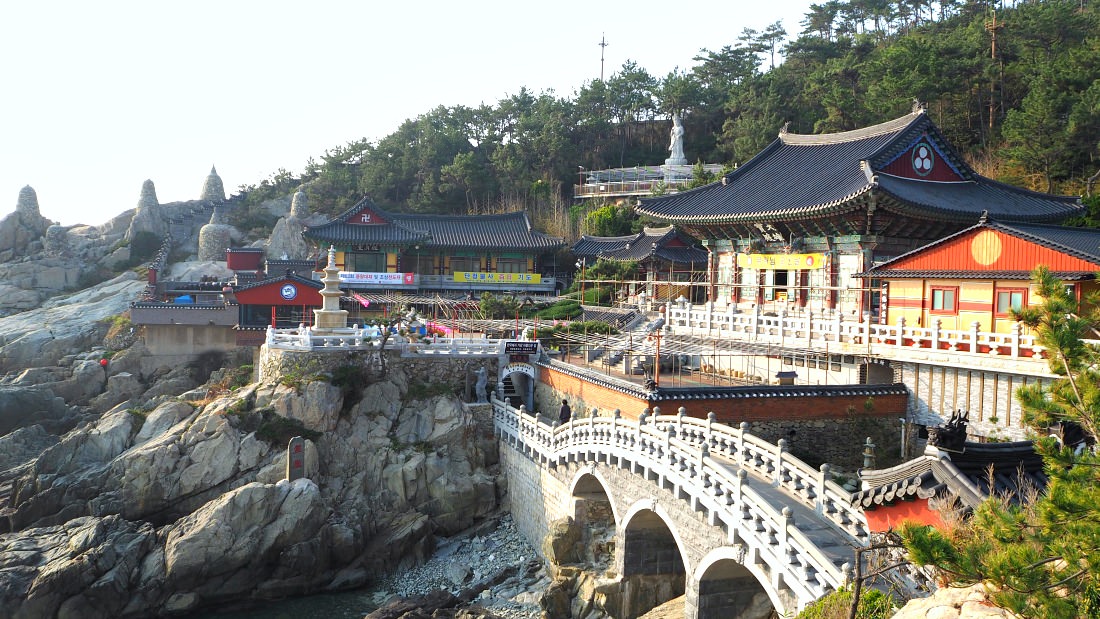 Haedong Yonggungsa Temple, Busan City
Haedong Yonggungsa Temple, Busan CityThe trainer monk taught us how to do the proper breathing exercises before meditating (more on this below). I readily learned and found it quite surprising. It was very relaxing, serene, and fulfilling.
However, I can also recall that I had a bit of faith ‘crisis’ for a few days after my first visit. My spiritual director explained to me that it was alright for me to respect and learn about this religion as a Christian believer. It was a form of religious dialogue. Ah, enlightenment, indeed!
The most popular one in central is the Jogyesa Temple. Visitors flock the temple ground especially during Buddha's birthday celebrations.
Okay, returning to the essential points of this page.
On this page, you will find some descriptions of the temples in South Korea…
- Interesting descriptions of temples
- Temple stay and facilities for visitors
- Activities during the temple stay
- Etiquettes to be observed in the temple
- Beginnings of Temple Stay Program
- Famous and old temples in South Korea
Descriptions of Temples in South Korean
As much as the temples represent religion and religiosity among
believers, they also reflect art and beauty. The faith of Buddhist
believers, especially monks, are manifested through artistic objects.
These
forms of arts include temple designs, colorful paintings, intricate
designs and wood carvings, sculptures, paintings, pagodas, stupas, and
handicrafts among others.
Another manifestation of arts includes how the monks position buildings and which ones are placed at what specific location. This has to do with the typical layout of the temple.
Traditionally, Korean temples are composed of the following structures…
- Pillar gate at the entrance (Iljumun)
- Gate of the Four Heavenly Kings (Sacheonwangmun)
- Dharma Hall where lectures happen (Beopdang)
- Monks’ quarters
- Bell Tower/Pavilion (Jonggo)
- Main Shrine Hall (Daeungjeon) – the temple of the main Buddha images
- Pagoda - stories of stones (mostly granite) with varied heights and sizes
- Judgment Hall (Myeongbujeon) – houses the image of bodhisattva Kshitigarbha and images of Buddhist hell
- Hall of the Arhats (Nahanjeon) – Arhats are usually portrayed in the form of monks and in simple attire. They also emphasize one’s attainment of enlightenment.
- Shamanic Shrine (Sansingak) – usually found behind the main shrine hall, it is dedicated to Sanshin or mountain god
- Hermitage
I know that those need much explaining. However, I prefer not to describe them in detail here. I would rather study them deeper and create another page for it. Hope that’s alright.
Now, what I would like to introduce and describe further to you are the available services to foreigners and other visitors of some temples.
Let’s find out…
Temple Stay & Temple Activities
When you are doing the temple stay programme at the temples in South Korea, you will basically experience the following activities…
- Opening ceremony – After your arrival and registration, you (and other participants) will be officially introduced through a ceremony of monastic life, which includes temple etiquettes, among others
- Temple Tour – A guide monk will introduce you to your new surrounding inside the temple ground
- Baru Gongyang (monastic meal offering) – You will learn how to observe proper behavior during mealtime, such as taking the food and practicing the three monastic behavior: austerity, equality, and silence. (Source: koreantemples.com)
- Ceremonial Service – Buddhists at the temples in South Korea participate in three ceremonies: pre-dawn time, noontime, and evening time (around six or seven)
- Tea Ceremony – It is the last activity you will do during your first day at the temple
- Seon Meditation – It is the first thing you will do in the early morning during your second day of stay.
- Community Work – You will experience how monks work as a community. You will work with monks, residents and other visitors as a form of self-reflection while enjoying with nature or clean up the temple.
If you are reading this, you probably are already either feeling excited or a bit bored. Fortunately, a temple stay programme offers more activities which could be more exciting and meditative at the same time.
Here are most of them…
- Lotus lantern-making
- Buddhist lecture
- Buddhist beads-making
- Walking the temple grounds
- Buddhist yoga or martial arts (at Golgulsa Temple)
- Folk games
- Painting, etc.
Lotus lantern-making is not just creating a nice-looking pinkish (or another color) lantern for decoration. The process in making it is a form of meditation. Carefully shaping the lotus petals. Making them look like newly-bloomed lotuses in a fresh pond.
Lotus-making symbolizes your wishes to enliven the universe with wisdom and compassion to all creatures.
Making the Buddhist beads is also another form of meditative activity. In fact, the beads itself is being used by monks and believers when meditating or praying.
Of course, walking the temple ground is another method of meditation. It is also enjoyable at the same time because you will have the scenic views of the peninsula and nature.
Beginnings of Temple Stay Program
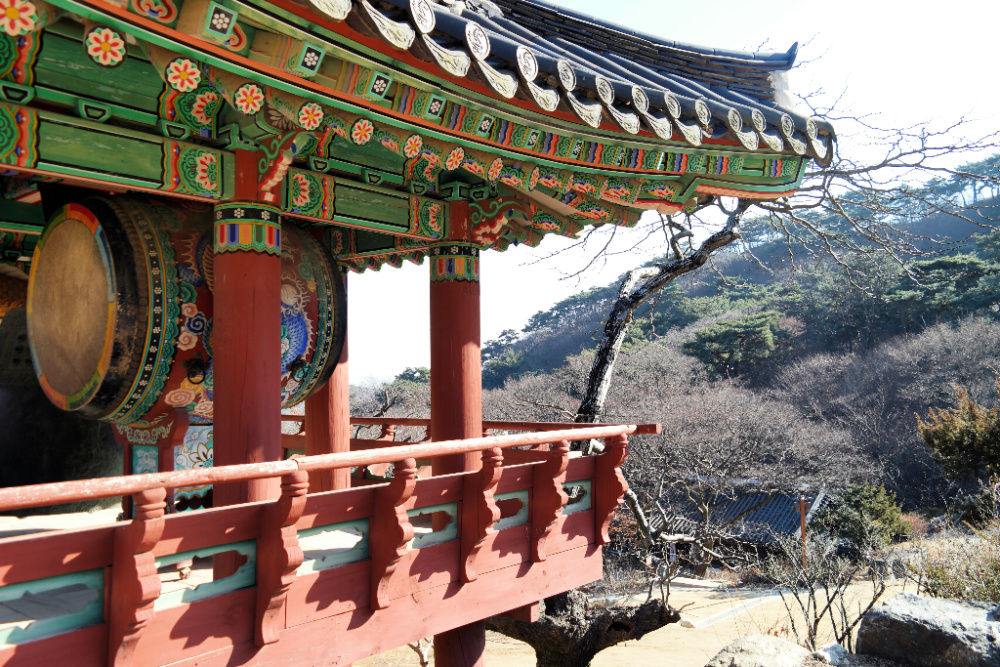 Jeondeungsa Bell Pavilion
Jeondeungsa Bell PavilionHistorically, the temple stay program at the temples in South Korea started in 2002. It was part of promoting the Korean Buddhism religion and culture. Buddhism is also part of Korea’s past being handed-over to the present by royals who adopted the religion.
So, briefly, the following are the figures when the Temple Stay programme started…
- 2002: 32 temples joined in the program
- 2008: 87 temples
- 2012: 120 temples; 21 for foreign visitors
According to Dale (koreantemples.com), each province is represented in the program. The program offers visitors a variety of cultural and scenic experience of Korea. Except for Jeju island, all provinces join in the program.
The rates of the program can range from 40,000 to 100,000 Korean Won depending on the length of your stay.
The following are the regular participants of the Temple Stay Program:
Myogaksa (Seoul), Geumsunsa (Seoul), Bongeunsa (Seoul), The International Seon Center (Seoul), Hwagyesa (Seoul), Jeondeungsa (Gyeonggi-do), Yongjusa (Gyeonggi-do), Hwaeonsa (Gyeonggi-do), Woljeongsa (Gangwondo), Guinsa (Cheungcheongbukdo), Beopjusa (Chungcheongbukdo), Sudeoksa (Chungcheongnamdo), Geumsansa (Jeollabukdo), Seonunsa (Jeollabukdo), Mihwangsa (Jeollanamdo), Jikjisa (Gyeongsangbukdo), Donghwasa (Daegu), Golgulsa (Gyeongju), Haeinsa (Gyeongsangnamdo), Beomeosa (Busan), Magoksa (Chungcheongnamdo), Naesosa Temple (Jeollabukdo).
There might be some changes or developments. So, it could be more or fewer temples are joining in the program at this stage.
However, the Temple Stay Program is gaining popularity attracting not only individuals but also schools. It means that visitors come in as groups.
Etiquette
I have been to various religious structures, but the Buddhist temples in South Korea might require more etiquettes than other places.
So, if you have never been to any temple in Korea, the following will be your guide…
- Clothing – Since a Korean Buddhist temple is a holy place, you are expected to dress appropriately. It means you dress neatly in clean clothes, and somehow conservative.
- It generally means that you may wear not revealing clothes like sleeveless, miniskirts, almost transparent clothes, and short shorts.
- Refrain from wearing heavy makeup, strong perfumes, and attractive accessories.
- Silence should be observed at all times especially inside the temples.
- Talking loudly, singing, shouting, playing music, and running around are not allowed.
- Drinking alcohol, consuming meat, smoking, and such actions being avoided by monks are also strictly prohibited inside the temple ground.
At Temple Hall – taking photos is not allowed unless you got a permission
- Do not take the center entrance because it is for monks only
- Take the left and the right entrances if you are a visitor
- Off course, you should take off your shoes before entering
- You may bow to the Buddha with palms together
- Worship to the right or left side because monks do at the center
- Do not lie down inside the temple
- Do not pass in front of others who are praying. If there is no way behind, then do it quietly and fast with your palms together
It sounds like a difficult and challenging behavior to keep, but it will come naturally to you especially when you practice a little bit before visiting a temple.
Keeping these etiquettes will give you a glimpse and even feel how the monks live and behave.
Popular Temples in South Korea
The following temples include some of the temples that are participating in the Temple Stay Program mentioned above. These temples represent the most popular ones located and representing all provinces of the peninsula.
Haeinsa – Hapcheon, Bongeunsa – Seoul, Jogyesa – Seoul, Bulguksa – Gyeongju, Tongdosa – Yangsan, Beomeosa – Busan, Beopjusa – Boeun county, Magoksa – Gongju, Hwaeomsa – Gurye county, Wonjeongsa – Pyeongchang,
Songgwangsa – Suncheon, Geumsansa – Gimje, Guinsa – Danyang, Bongwonsa (Seoul), Naksansa (Yangyang county), Daeheungsa (Haenam County), Buseoksa (Yeongju), Sudeoksa (Yesan County), Mihwangsa (Haenam county),
Ssanggyesa (Hadong county), Jikjisa – Gimcheon, Sinheungsa – Sokcho, Doseonsa – Seoul, Baegyangsa – Jangseong county, Seonunsa – Gochang county,
Yongjusa – Hwaseong, Silsangsa – Namwon, Naesosa Temple – Buan County, Bongseonsa – Namyangju, Silleuksa – Yeoju, Mireuksa – Iksan, Hwangnyongsa – Gyeongju, Yeonghwasa – Seoul, Bomunsa – Bucheon, Yeonjuam – Gwacheon,
Pagyesa – Daegu, Bogyeongsa – Pohang, Baengnyeonsa – Gangjin county,
Gwaneumsa – Jeju City, Cheongpyeongsa –, Cheongpyeong 1 ri, Gangwondo,
Beopjusa – Beopjusa-ro, Bhungcheongbukdo, Hyangilam – Jeollanamdo,Jeungsimsa - Gwangju
Saseongam
– Jeollanamdo, Oeosa – Pohang-si, Gyeongsangbukdo, Botapsa – Jincheon-gun, Chungcheongbukdo; Tapsa – Jinan-gun, Jeollabukdo; Unjusa –
Hwasun-geun, Jeollanamdo; Bulyoungsa – Uljin-geun, Gyeongsangbukdo
I will add more temples above as I progress and further update this page. Many thanks for visiting this page.
You can also find more Korean Buddhist temples through this link.
Peace be with you!
- Home
- Temples in South Korea
Get Exciting Activities
Book one of our exciting activities today to experience the thrill of a lifetime! Take advantage of this opportunity and secure your spot in advance.
Hotel Map Guide
Find your affordable, accessible, and comfortable hotel in Seoul at Agoda.Com. See the hotel map below...
Hotel Booking Guide
Find affordable and amazing hotels on Agoda.com using the search box below. Book now to enjoy great discounts and save!
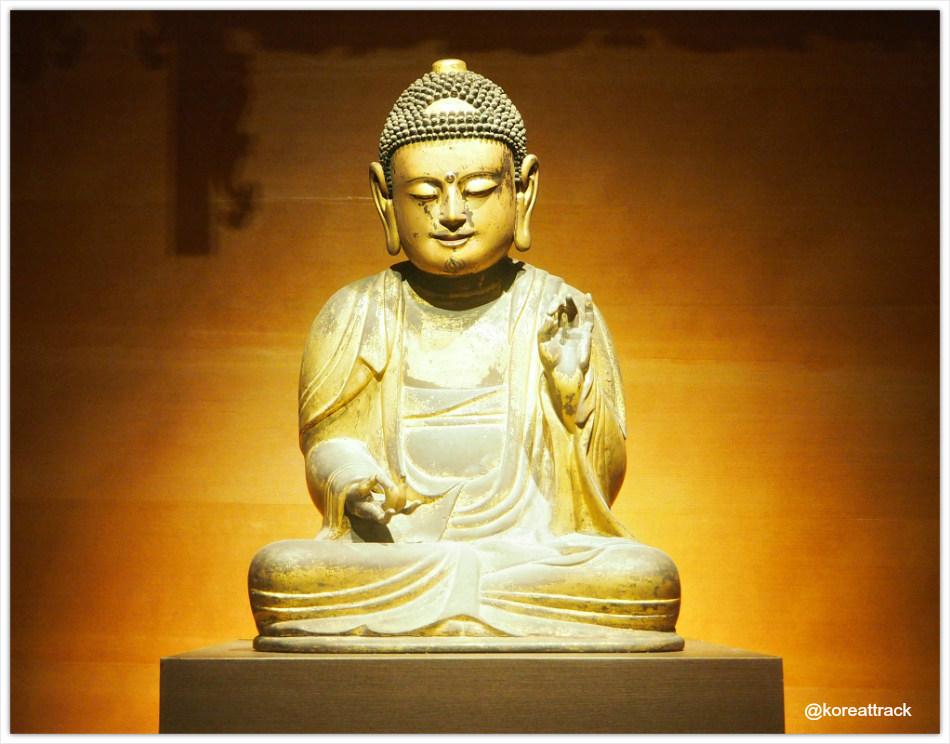
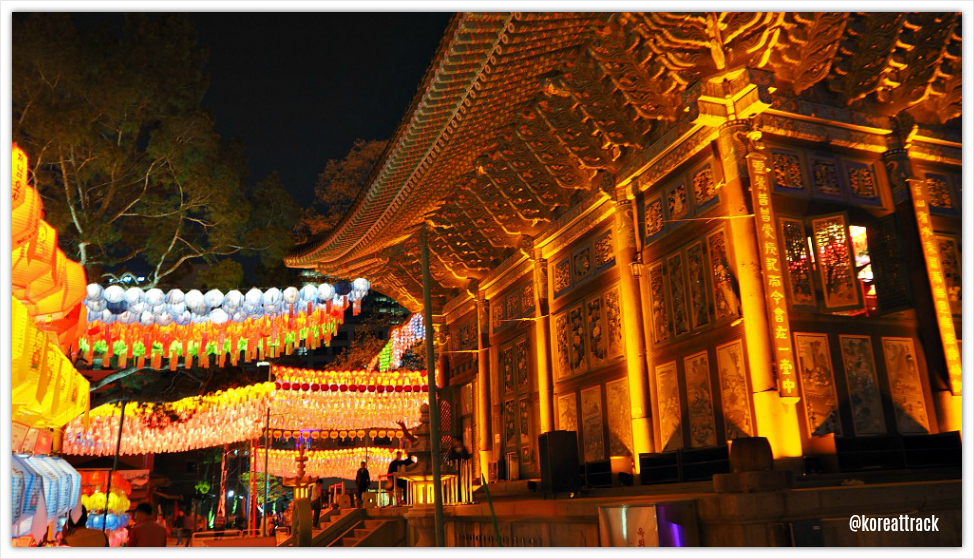
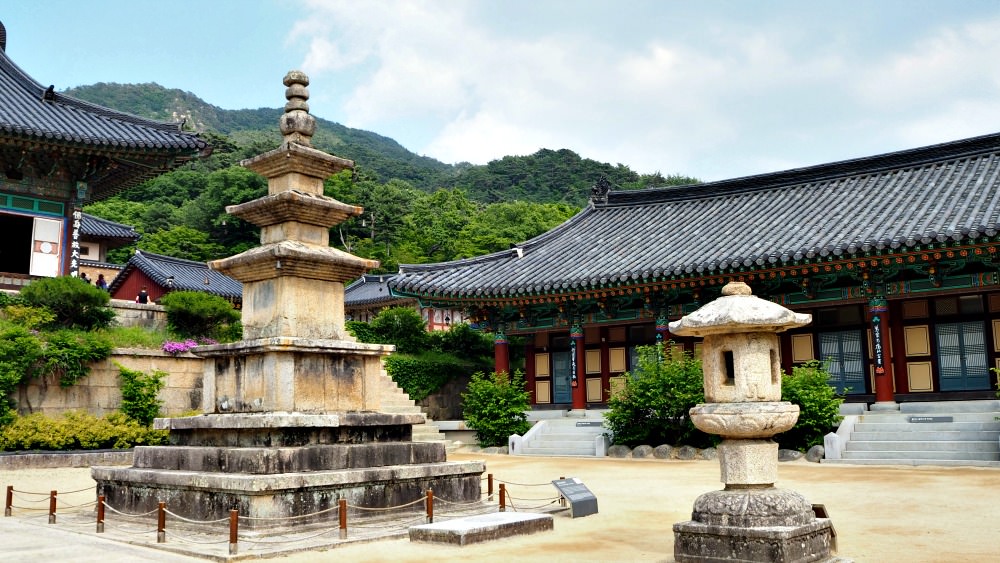
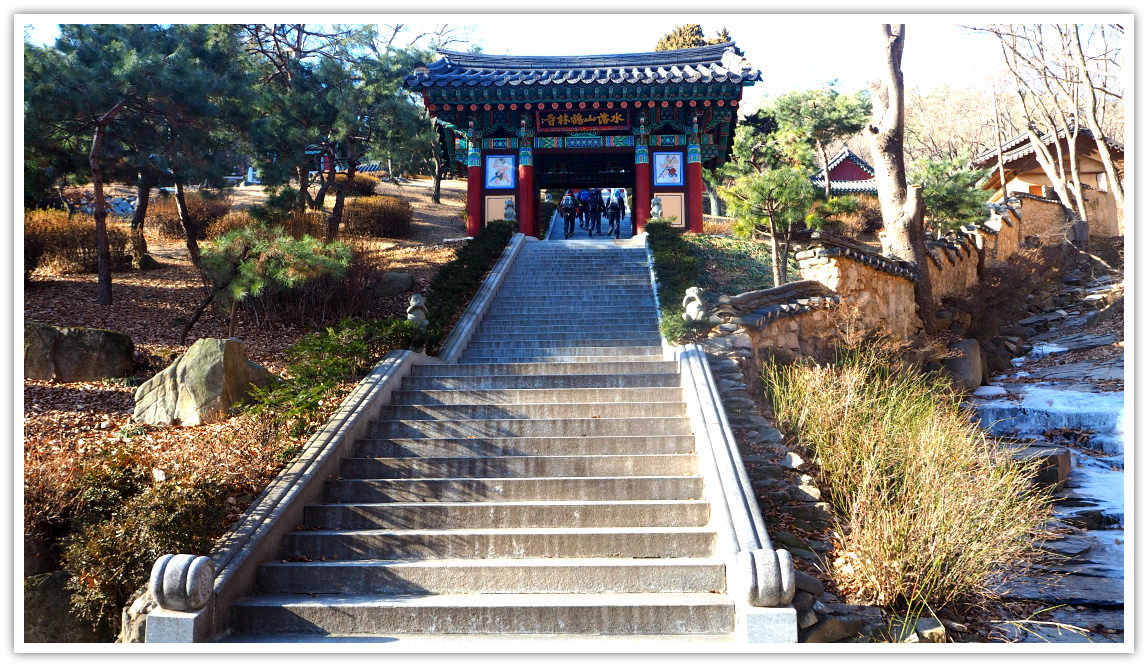
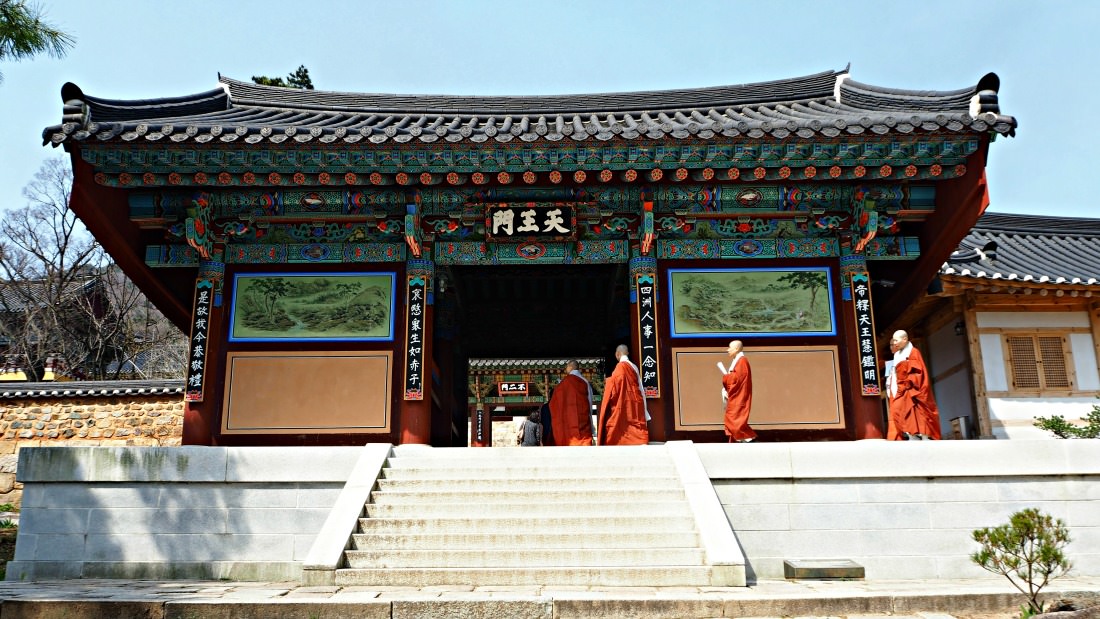
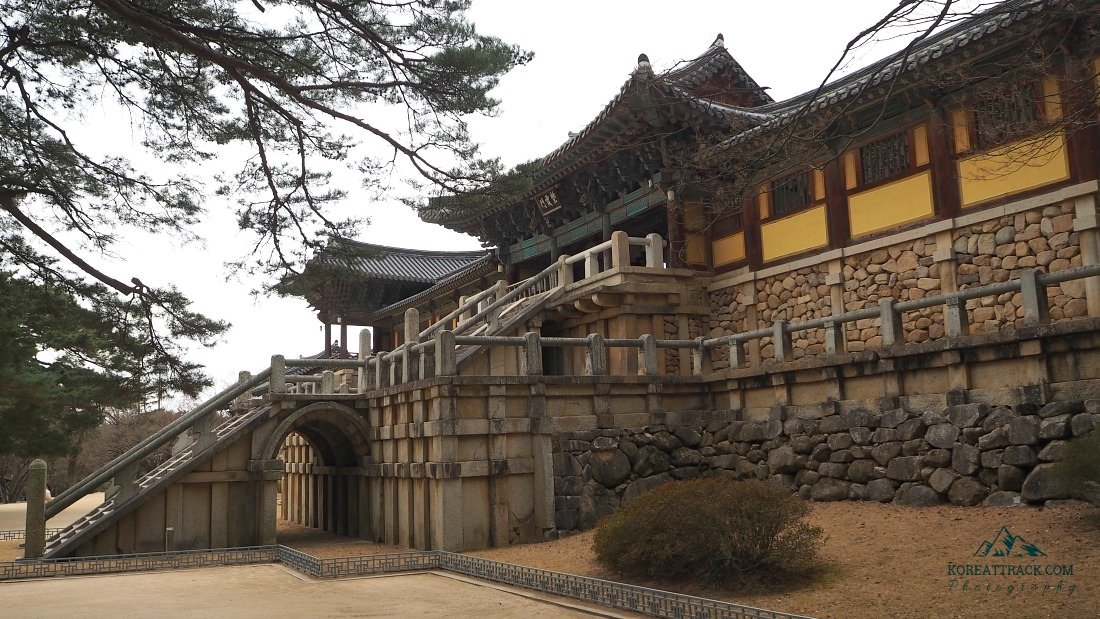
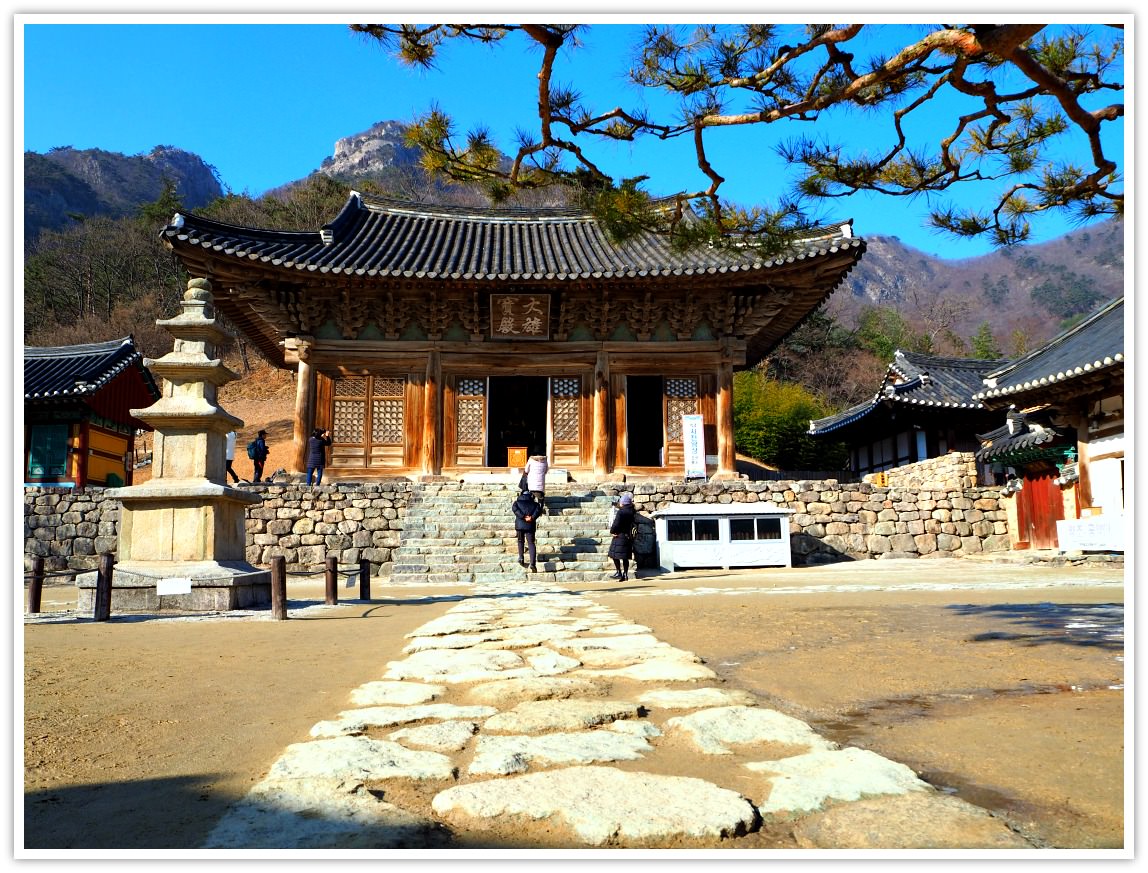
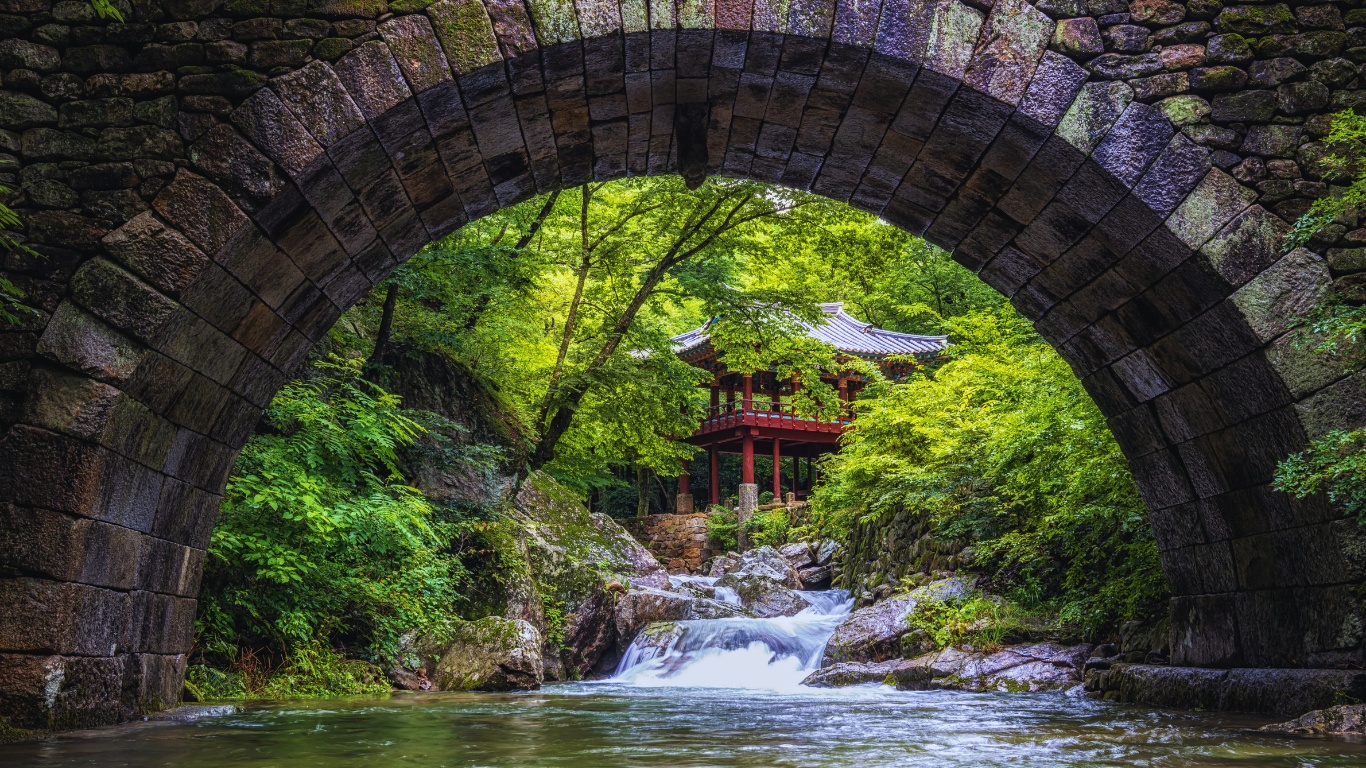
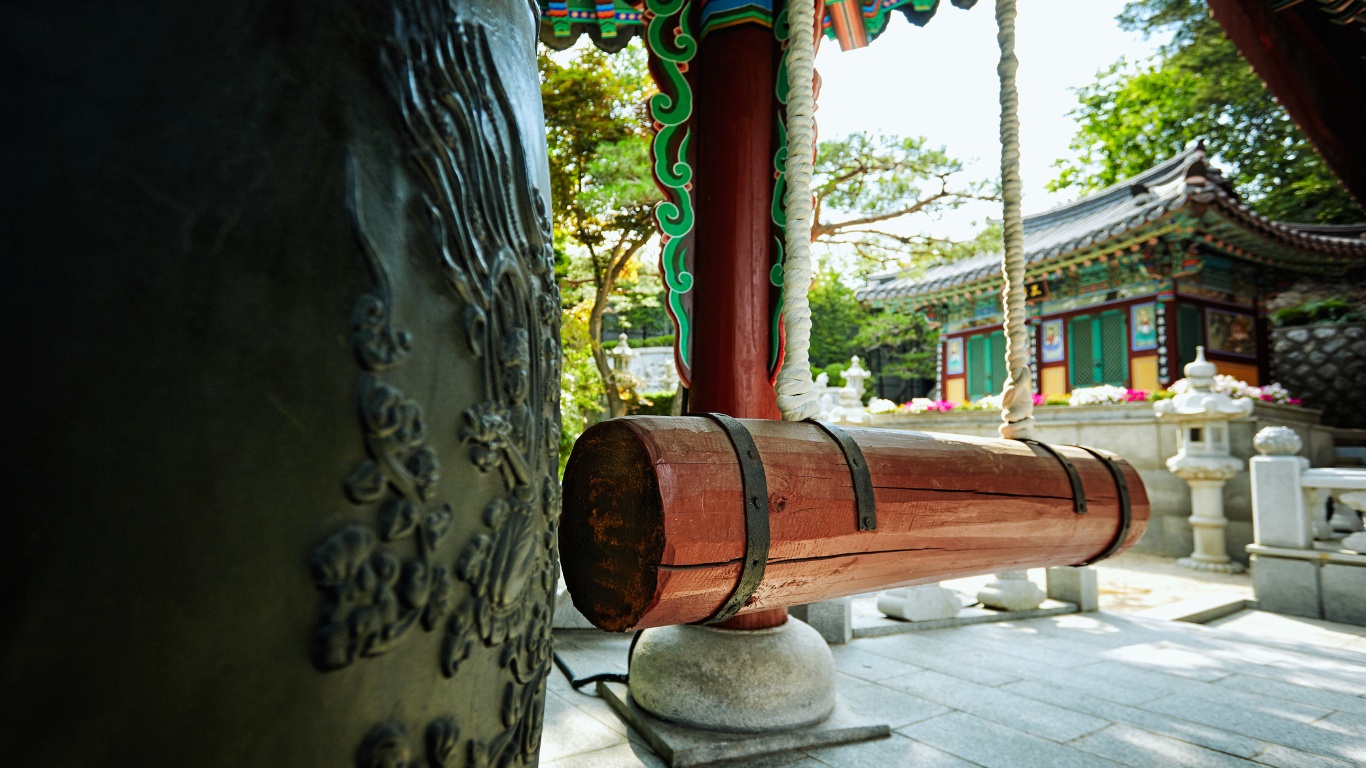





New! Comments
What do you think about this page? Leave me a comment in the box below.